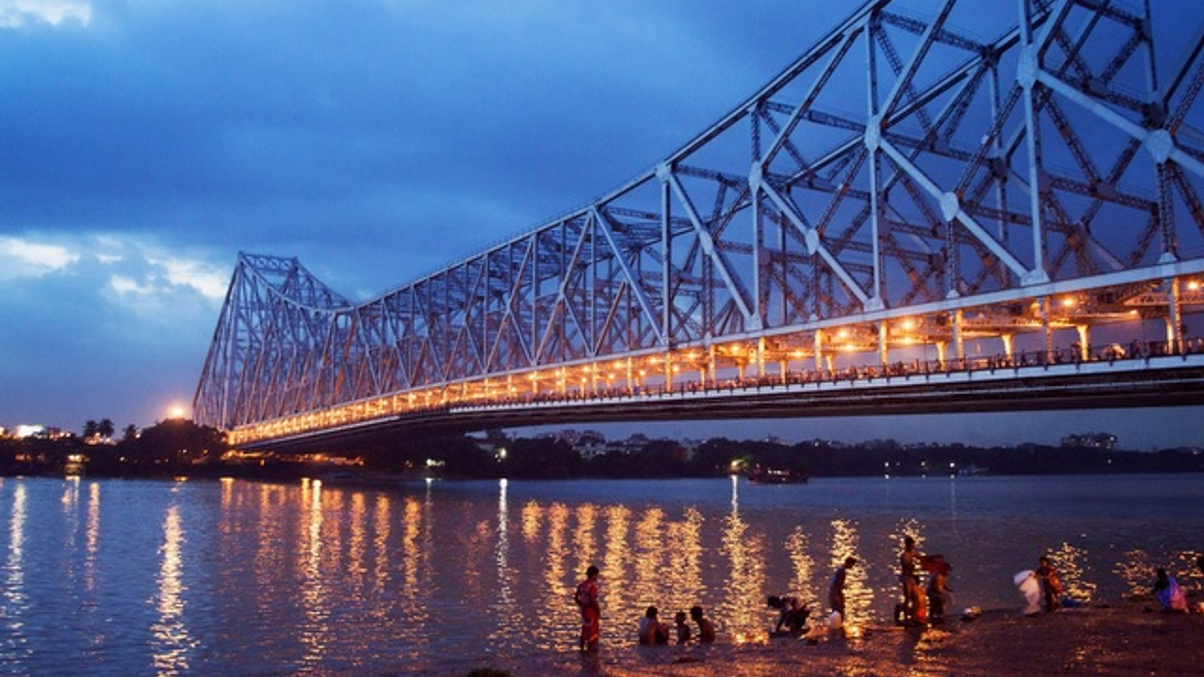AIIB seeks to address infra capital shortage
Lee Dong-ik, a former CIO of Korea’s sovereign wealth fund, discussed his new role at the Asian Infrastructure Investment Bank and the challenges facing the development institution.

The China-led Asian Infrastructure Investment Bank (AIIB) is finding private investors outside China hard to come by, but will be hoping the recent appointment of a South Korean industry veteran can help change that.
Sign in to read on!
Registered users get 2 free articles in 30 days.
Subscribers have full unlimited access to AsianInvestor
Not signed up? New users get 2 free articles per month, plus a 7-day unlimited free trial.
¬ Haymarket Media Limited. All rights reserved.


